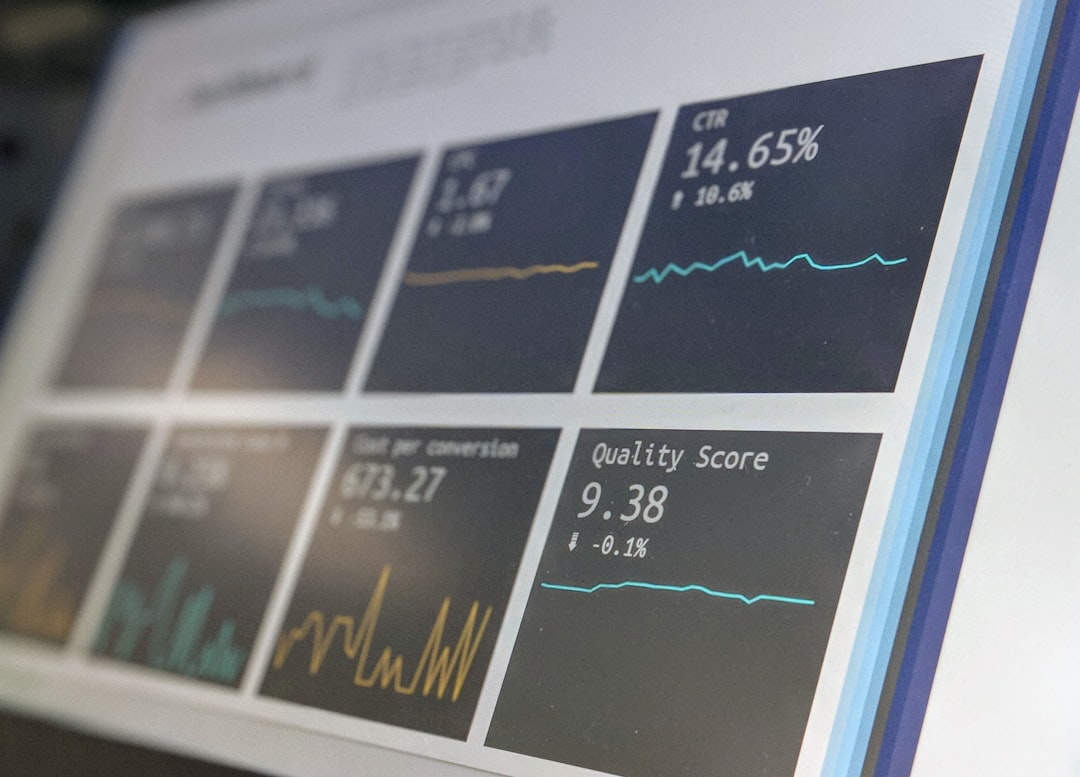Imagine if your phone could learn and get smarter without ever sending your private data to the cloud. Sounds cool, right? That’s what federated learning can do. Now, throw blockchain into this mix, and you get a powerful combo that keeps your data safe and still lets AI grow smarter. Let’s dive into this world of tech magic.
What is Federated Learning?
Federated learning, or FL, is a way to teach AI using data from many different devices—like your phone or smartwatch—without moving your data anywhere else. Here’s how it works:
- You train AI locally on your device.
- Only the updates from the training (not the actual data) are sent back.
- The AI system then learns from all the updates it gets from every device involved.
It’s like everyone teaching a robot by using their own book, but the robot never takes the book home.
The Role of Blockchain
Okay, now what if we use blockchain with FL? Blockchain is a super secure digital notebook. It’s shared and stored across many computers. This makes it hard to hack or cheat.
So, when we add blockchain to FL, we get something awesome:
- Trust: We know the data updates are real and not faked.
- Privacy: No one sees your raw data.
- Transparency: Everyone sees what updates are made and when.
- No Middleman: There’s no need for a central server.

Why This Matters
Big tech companies use tons of data to train AI. But collecting that much info raises privacy concerns. Think about it: would you want your texts, health data, or voice recordings floating around in someone else’s cloud?
This is why blockchain-based FL is such a big deal. It trains AI while keeping your personal stuff safe. Plus, it works better in places where internet access isn’t super fast. Your device does the work locally and still joins the global training effort.
Real-Life Examples
This isn’t just a theory. Companies and researchers are already testing it. Here are a few cool use cases:
- Healthcare: Hospitals can train AI on patient records without sharing them.
- Finance: Banks can detect fraud without trading customer info.
- Smart devices: Phones can improve voice assistants without sending conversations to the cloud.
Each update is recorded in the blockchain, so there’s a clear history of changes and contributions.
The Challenges
Of course, nothing is perfect. Here are some hiccups with blockchain-based FL:
- Slow Speed: Blockchains can be slower than regular servers.
- High Energy Use: Running blockchain tech takes more power.
- Storage Bloat: All those updates can fill up storage quickly.

Researchers are working on ways to ease these problems, like using lighter blockchain versions or smart rules to manage updates.
Fresh Perspectives
So what’s next? Some smart folks have fresh ideas:
- Using token rewards on the blockchain. Devices that do training get paid in crypto. Nice incentive!
- Creating voting systems where devices can agree on which updates make sense.
- Adding zero-knowledge proofs so your device can prove it did its job without showing the data.
These tricks make the system stronger and keep it fair and private.
Conclusion
Blockchain-based federated learning is like a superhero team-up. FL keeps your data at home, and blockchain makes sure nobody cheats. Together, they let AI grow without stepping over your privacy.
It’s still early days, but it’s a fun and smart way forward. And who knows? One day, your smart toaster could be part of a secure global learning network—all without ever giving away your breakfast secrets!
